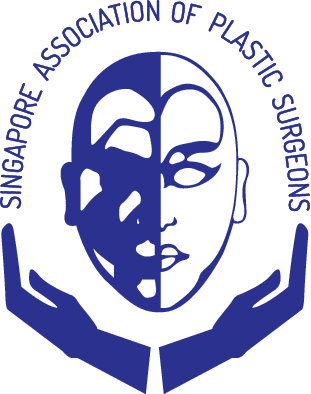MICROSURGERY
Author: Dr Timothy Shim
Microsurgery is a surgical technique of approximating structures such as blood vessels, nerves, lymphatic vessels or other structures (microsurgical anastomosis) under microscope magnification. This advanced surgical technique is fundamental to many complex reconstruction procedures performed today - including free flap surgery, replantation surgery and tissue transplantation.
The developments in the field of vascular surgery and the introduction of the surgical microscope ushered in the establishment of microsurgery. In 1902, Alexis Carrel introduced the triangulation technique of vessel anastomosis. In 1960, Jacobson and Suarez were the first to use a microscope to perform microvascular anastomosis. These achievements paved the way for the further developments in the field of microsurgery. Early animal experimentation on this surgical technique was performed by Dr. Harry Buncke using the rabbit ear replantation model. He proceeded to perform the first toe to thumb transfer in a monkey in 1966. The 60s and 70s witnessed the era of many microsurgical firsts. These include the first digital artery anastomosis (Kleinert, 1962), first arm replantation (Malt, 1962), first hand replantation (Chen, 1963), first digital replantation (Komatsu-Tamai, 1965), first toe-to-hand transfer (Cobett, 1968), and the first free tissue transplantion (Ohmori–Harii, Daniel–Taylor, 1972). Following the successes of these pioneering surgeons, microsurgical procedures gradually gained widespread acceptance. A boom in microsurgery witnessed the birth of specialised microsurgery centres such as the Kleinert Institute and Chang Gung Memorial Hospital. Further refinement of microsurgical techniques and instrumentation led to another important era of development of microsurgery in the 80s. The introduction of the perforator concept by Dr. Koshima and Dr. Robert Allen represented the next step in the advancement of reconstructive microsurgery. Reconstructive procedures using new flaps with even smaller vessels was made possible with lower donor site morbidity. Dr. Koshima also established the concept of supermicrosurgery which is the anastomosis of vessels smaller than 0.8mm. Examples of supermicrosurgery procedures include perforator flap surgery and lymphatico-venular bypass surgery.
Today, the surgical technique of microsurgery is applied widely in numerous fields of surgery including :
- Breast reconstruction
- Head and neck reconstruction
- Upper and lower limb reconstruction
- Lymphatic surgery
- Facial reanimation and functional muscle transfers
- Neurosurgery
- Urology
- Tissue allotransplantation (eg. Face, hand transplantation etc)
TREATMENT
COMPLICATIONS AND MANAGEMENT
Microsurgery is an established and safe procedure. Blockage of the microsurgically approximated vessels can sometimes occur (~5%). Careful monitoring allows early detection of this problem so that early intervention can be performed to relief this blockage. In situations where salvage is not possible, alternative reconstruction procedures may need to be undertaken.
